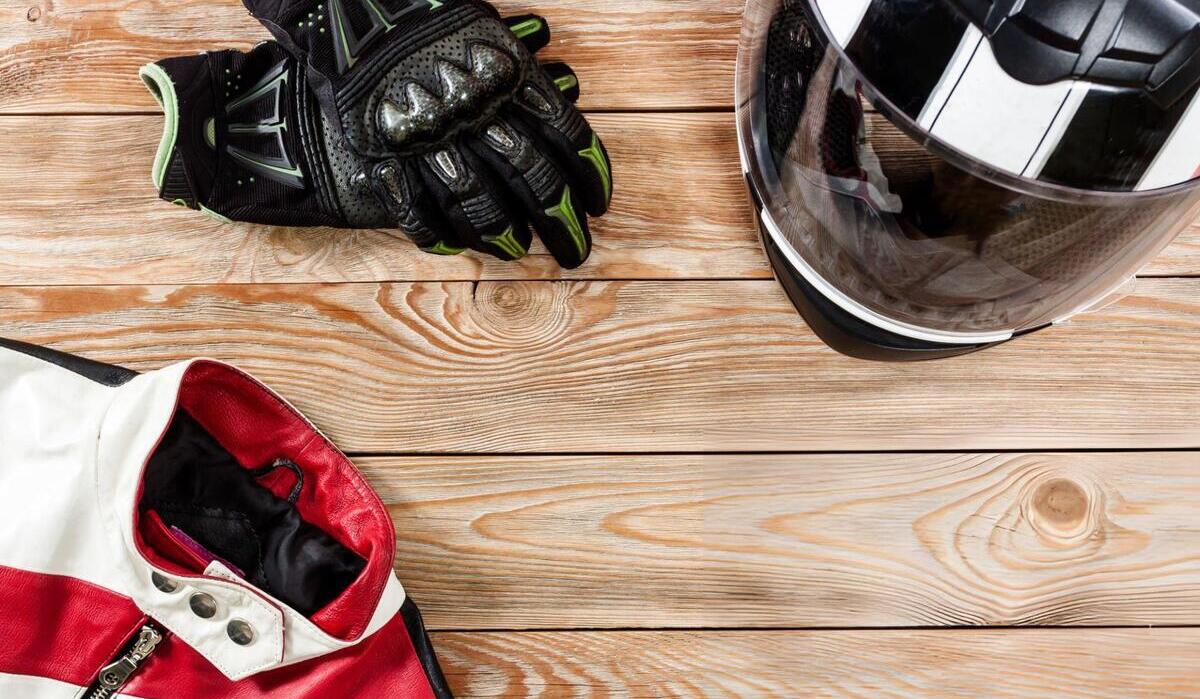
Motorcross is one of the most exciting sports which entails gaining high speeds, mastering different skills, and riding bare-boned with nature. However, you should always prioritize safety during cross-country racing or casual riding to avoid accidents.
Proper protective gear not only lowers the risk of being exposed to several bad luck injuries but also enhances your capability and ease. Additional details concerning the dirt bike gears will be presented in this guide and emphasis will be made concerning things helpful to know when buying those gears.
Let’s delve into the essential protective gear you may need when riding a dirt bike.
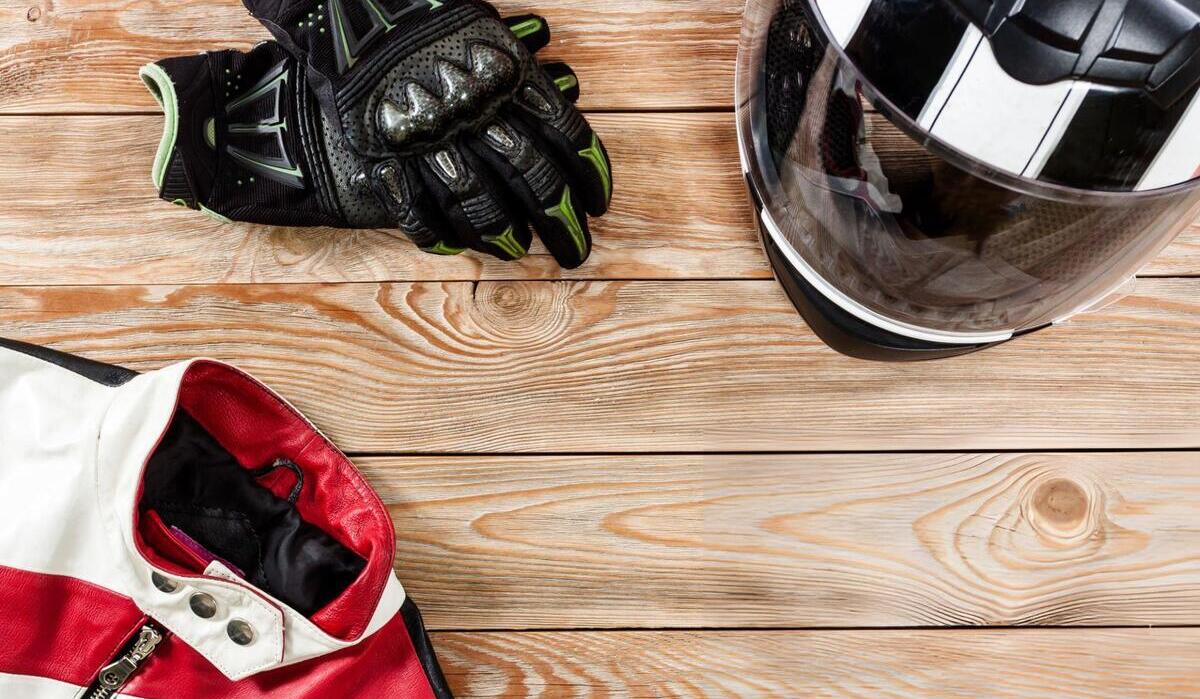
One of the most important pieces of biking equipment is a helmet, although whether or not to wear is a personal safety decision, there’s no doubt that helmets are crucial to reducing injuries for motorcyclists. They safeguard the upper part of your head and for the most part, come in different categories such as full-face helmets, open-face helmets, and modular helmets. Depending on their characteristics both types provide various levels of protection, and cozier – the choice should be made according to the specifics of the situation.
The safety certifications are the first thing the rider should look at when choosing the helmet. AMA President and CEO Rob Dingman says they encourage motorcyclists to make use of a properly fitted motorcycle helmet certified by its manufacturer to meet the DOT standard. Any helmets that boast DOT (Department of Transportation), ECE (Economic Commission for Europe), and Snell are proof that the helmet was tested and completed the safety standards test.
A helmet should be able to fit well but not too tightly. Thus, riders must attempt to put on various sizes and models and look for the best that fits and provides sufficient security.
Some helmets may have liners that can be taken off and washed which can be taken into consideration as well.
Unless it is raining or snowing outside, it is very important to ensure that your head is well-aerated as you ride. When choosing helmets you should consider the ones with multiple vents that can provide sufficient or good flow through.
The weight of the helmet can significantly affect your comfort, especially during extended rides. Opt for a lightweight helmet that doesn’t compromise on safety.
The aspect of the helmet that is most vital is the visor which must provide facial protection from the sun, dust, and any other debris. Some models have a flip-up visor, anti-fog, and UV option, making the helmet extremely useful and versatile.

Chest protectors are very important concerning the protection of the bodily area that is your chest from impact and other flying objects. For Dirt biking, they could protect your chest, back, and ribs, and that makes it impossible to go dirt biking without them.
Ideally, a chest protector should be a little tighter though not constricting your movement. Choose products that are easily adjustable around the belts or straps to hold the garment tightly and firmly in place.
The material of the chest protector should be durable enough to withstand impacts and abrasions. High-quality materials like high-density polyethylene (HDPE) are excellent choices.
Make sure the type of chest protector to be used gives full cover to your chest, back, and sides of your body. Care should be taken when choosing models as some have enhanced protection on the shoulders and upper arm region.
For comfort, proper ventilation must be ensured; more so when the weather is hot. Always check for those models that have holes in the chest protector or have ventilation panels.

Knee and elbow guards protect your joints from impacts and abrasions, which are common during falls. They are essential for preventing injuries that could sideline you from riding.
Knee and elbow Guards should fit securely without slipping or causing discomfort. It’s important to try them on and ensure they provide a snug fit.
Look for Guards that offer ample protection without being too bulky. Consider models with reinforced areas for added durability.
Comfort and flexibility are crucial for maintaining mobility. Choose Guards made from flexible materials that allow for a full range of motion.
Adjustable straps ensure a secure fit and prevent the Guards from shifting during rides. Look for straps with secure closures and ample adjustability.
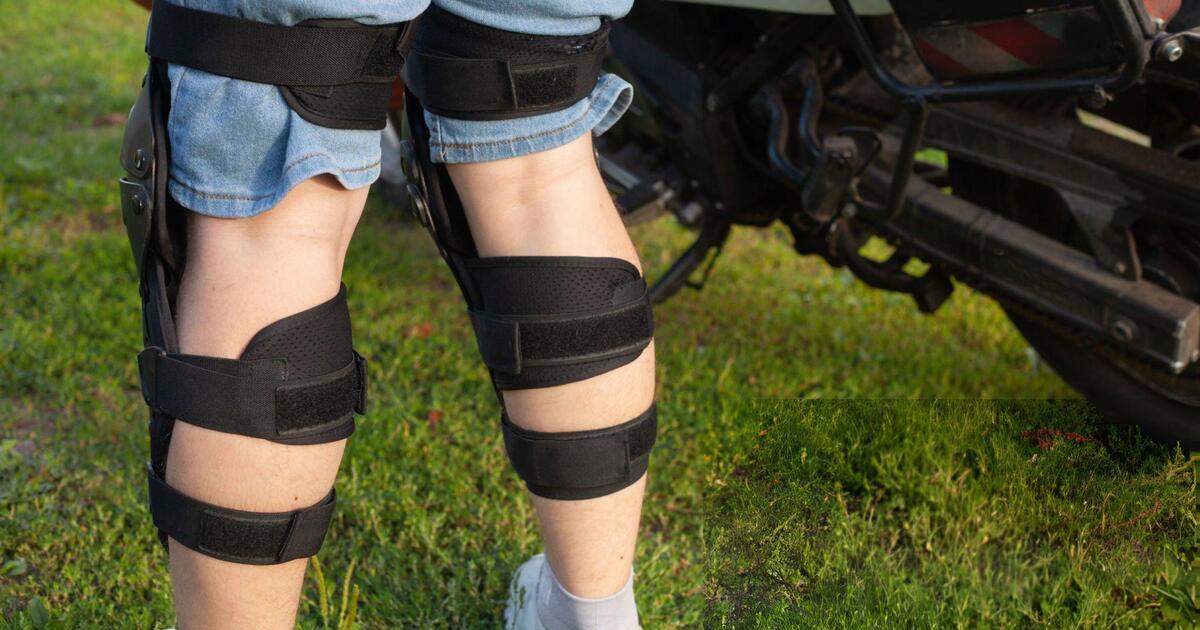
Neck braces work to contact or minimize the scope of neck movements during accidents to help prevent high-level injuries. They are, for instance, quite vital in minimizing critical spinal cord injuries among those involved in an accident or engaging in risky activities.
A neck brace should fit comfortably and securely. Adjustable models allow you to customize the fit for maximum protection and comfort.
Ensure the neck brace is compatible with your helmet and chest protector. Some models are designed to work seamlessly with specific Gear.
The material and weight of the neck brace can affect comfort and mobility. Lightweight materials that offer robust protection are ideal.
Consider how easy it is to put on and take off the neck brace. Models with quick-release systems can be more convenient.
Riding boots protect your feet and ankles from impacts, abrasions, and extreme weather conditions. They also provide support and stability, enhancing your control over the bike.
Look for boots with reinforced toe boxes, ankle protection, and shin Guards. These features provide comprehensive protection for your lower legs.
The sole of the boot must hold very well in terms of traction for such things as wet muddy or slippery ground. If you propose boots that have some levels of abrasiveness, then the treads should also be highly aggressive.
A good fit is crucial in an organization because it leads to comfort and effective control. Make sure they are not too tight while choosing and prefer models that have some form of adjustment in their closures.
Waterproof boots keep your feet dry in wet conditions, while breathable materials prevent overheating. Look for boots that offer a balance of both features.

Gloves protect your hands from blisters, impacts, and the elements. They also enhance your grip and control over the bike.
The textured palms and fingers of the gloves enable you to have a good grip on the handlebars. Make sure that the models have rubber or silicone-like textures on the barrel in contact with the hands.
Gloves should not be too tight or too loose; in fact, half-fingered gloves should ease flexibility around the wrists. When it comes to selecting materials that allow the wearer to keep some level of dexterity then it might be appropriate to use a fabric like spandex or neoprene mostly used in manufacturing rubber garments.
Padding in key areas, such as the knuckles and palms, provides added protection. Consider gloves with reinforced padding for high-impact areas.
Durable materials like leather or synthetic leather ensure longevity. Look for gloves with double-stitched seams for added durability.
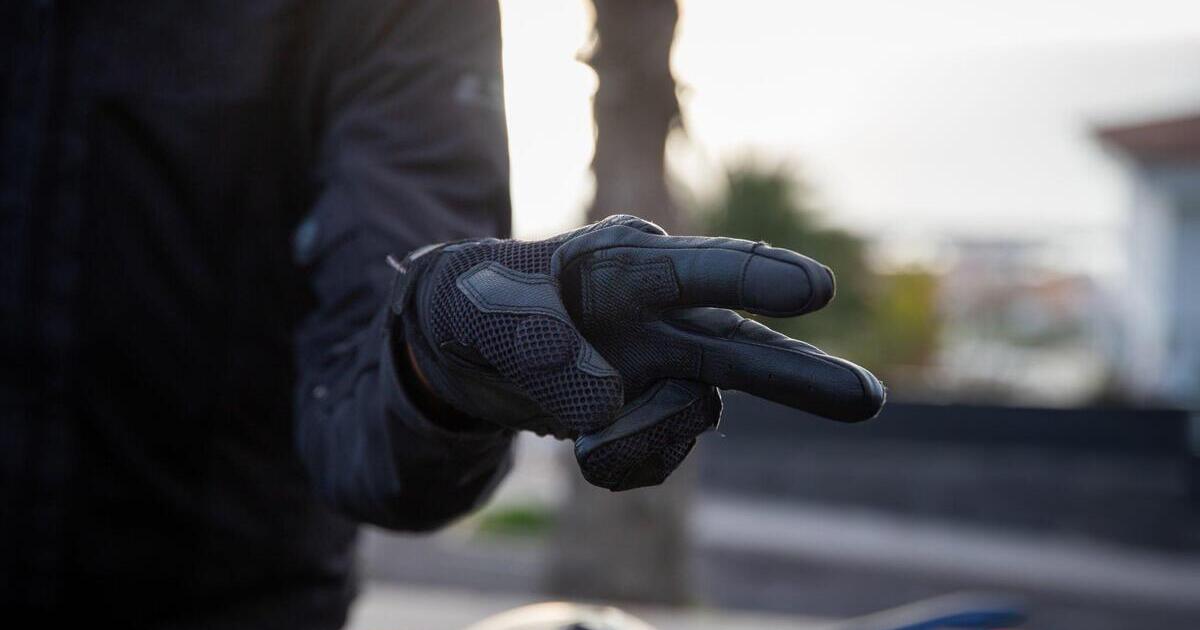
Wearing the right jerseys and pants can significantly improve your comfort and mobility. They also provide a layer of protection against abrasions.
Choose materials that are lightweight, breathable, and moisture-wicking. This helps keep you cool and dry during intense rides.
Ensure the clothing allows for a full range of motion. Look for ergonomic designs that fit well without being too tight.
Durable materials and reinforced stitching are crucial for withstanding the rigors of Dirt biking. Consider clothing with reinforced areas in high-wear zones.
Bright colors and reflective elements enhance visibility, which is important for safety. Choose designs that are both stylish and functional.
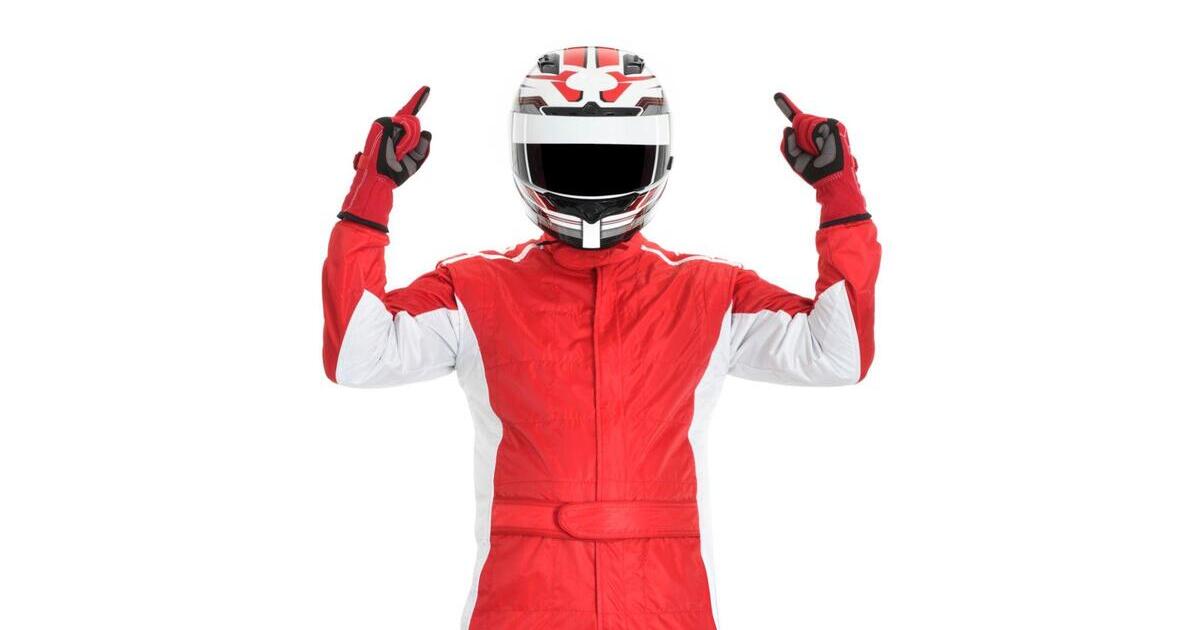
Base layers help regulate your body temperature and wick moisture away from your skin. They provide an additional layer of comfort and protection.
Look for materials that are moisture-wicking and quick-drying. Synthetic fabrics like polyester and merino wool are excellent choices.
Base layers should fit snugly without being restrictive. Flatlock seams and stretchable fabrics enhance comfort.
Consider Base layers that offer thermal insulation for cold weather and cooling properties for hot conditions.
Base layers should be thin enough to layer comfortably under your outer Gear. Look for designs that fit well without adding bulk.
Goggles protect your eyes from dust, debris, and UV rays. They are essential for maintaining clear vision and safety while riding.
Choose goggles with high-quality lenses that offer UV protection and are resistant to scratches and impacts.
Anti-fog coatings and proper ventilation prevent the lenses from fogging up. Look for goggles with multiple ventilation ports.
Goggles should fit comfortably over your helmet and provide a secure seal. Adjustable straps ensure a snug fit.
Straps with silicone backing prevent slipping and keep the goggles in place. Look for easily adjustable straps.
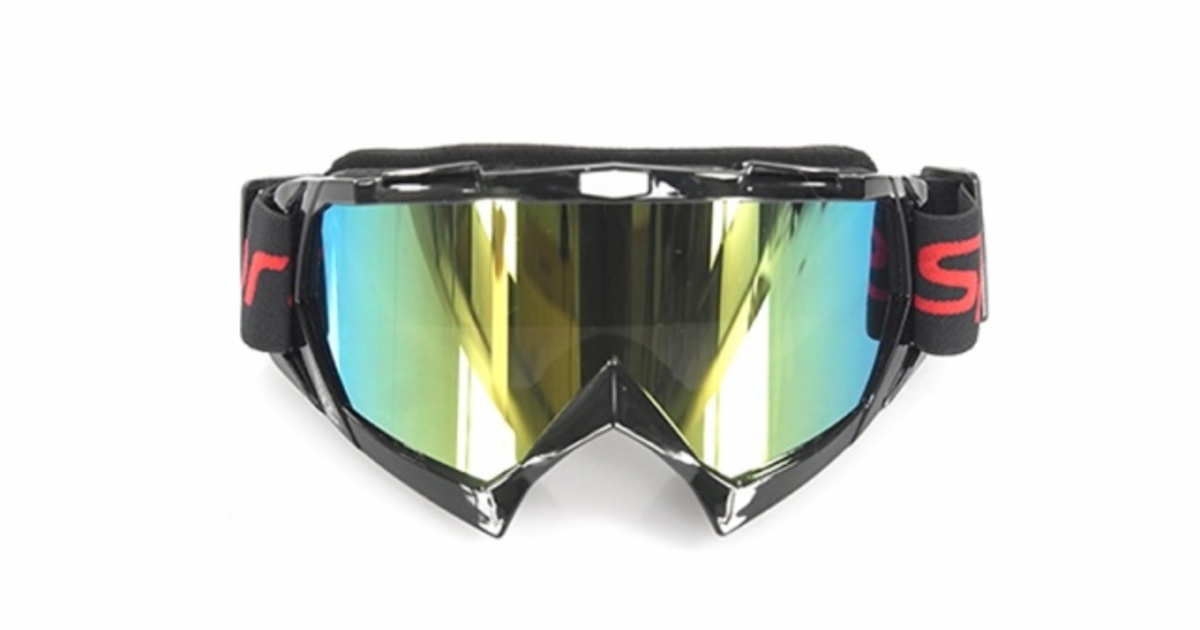
Staying hydrated is vital, especially during long rides. Hydration packs allow you to carry water conveniently and stay hydrated without stopping.
Choose a pack with enough capacity to meet your hydration needs. Consider the length of your rides and the pack’s storage capacity.
The pack should fit comfortably and distribute weight evenly. Look for padded straps and adjustable features.
Hydration packs should be easy to fill and clean. Consider models with wide openings and removable reservoirs.
Some hydration packs offer extra storage compartments for tools, snacks, and other essentials. Look for packs with convenient storage options.
Carrying a basic tool kit can save you in emergencies. It allows you to perform minor repairs and adjustments on the trail.
Multi-tools with various functions are versatile and compact. Look for tools that include screwdrivers, wrenches, and pliers.
Tire levers and patch kits are essential for fixing flat tires. Consider carrying a small portable air pump.
A portable air pump allows you to inflate tires on the go. Choose a compact and lightweight model.
Ensure your tool kit is compact and easy to carry. Look for kits with pouches or cases in your backpack or hydration pack.
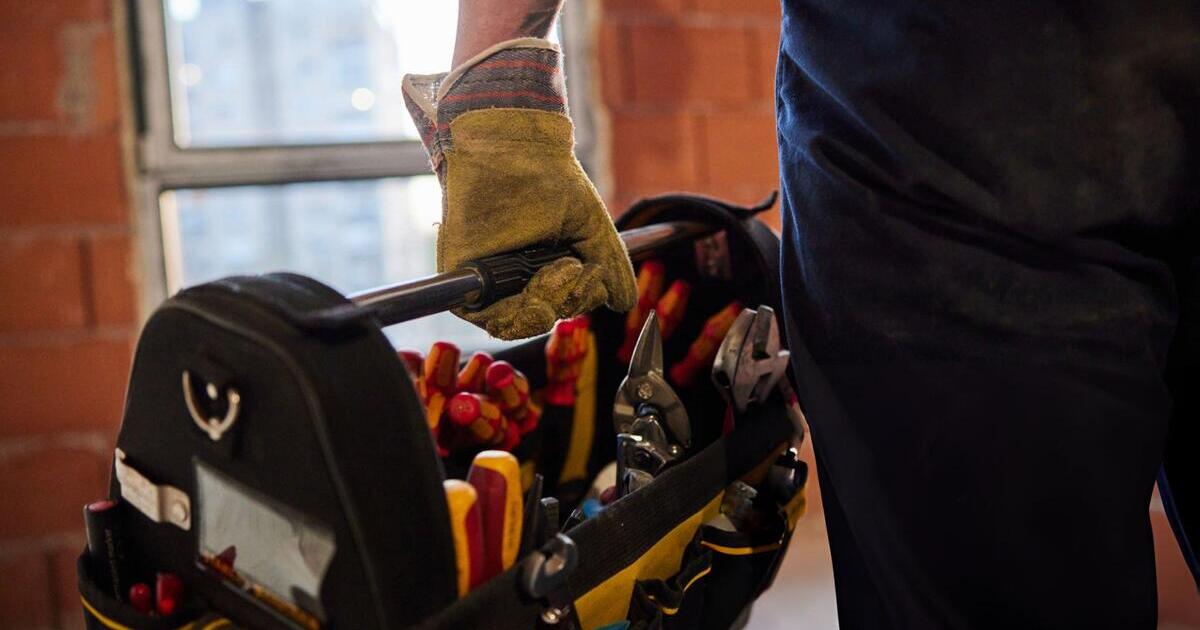
Hand Guards are a valuable addition to your motocross gear. They protect your fingers and wrists from fractures and other injuries:
These come with a full metal brace designed to prevent your hands from bending backward in severe falls. They offer robust protection but can be heavier and bulkier.
Typically, lighter and designed primarily to deflect roost and minor impacts. They offer sufficient protection for motocross racing without adding significant weight.
Palm protectors are light gloves that are worn underneath your standard motocross gloves. They cut out many of the vibrations that are transferred to your hands, so you don’t have to worry about developing blisters or cuts on your hands when going for long rides. Palm protectors give extra comfort and in turn they should improve your stamina and output on the racetrack.
It is recommended that palm protectors should be made of light clothing materials that allow perspiration to evaporate to reduce hand moisture when shooting.
The impact shorts are thick and mainly cover the thighs, hips as well as the tail bone to minimize the effect of a fall or an accident. Though it is filled, it is designed to be comfortable and stretchy which enable one to move as free as possible.
Key features to look for in impact shorts include:
Choose shorts made from materials that wick moisture away from the skin, preventing overheating and excessive sweating.
Ensure the shorts have adequate padding in critical areas like the thighs, hips, and tailbone.
A snug but comfortable fit ensures the padding stays in place during movement.
Socks are another feature that is less considered but very important when it comes to comfort and practicability. Ordinary socks may not be able to withstand the strains that are associated with motocross; thus, it is advisable to wear motocross socks.
These socks are made to be long-lasting, absorb sweat effectively, and offer more arch support and foot padding.
Look for socks made from high-performance fabrics that wick moisture away and keep your feet dry.
Longer socks that reach up to the knee can provide additional support and protection, especially when worn with knee braces.
Ensure the socks fit well without slipping or bunching up, which can cause discomfort and blisters.
Now, let’s explore expert tips for maintaining your motocross gear to ensure it remains in top condition.
Correct washing is very vital to increase the durability of the motocross gear and proper functioning. Here are some expert tips for maintaining your dirt biking gear:
Maintaining your gear begins with proper cleaning and routine care. Here are some guidelines to follow:
Follow Manufacturer Guidelines: It is always important to follow the cleaning and maintenance guidelines given by the producers of the gear. These guidelines are focused on the types of materials and the construction of your equipment to provide the best care.
Helmets: To clean, wash the exterior part of the helmet with mild soap and water and a piece of clean cloth. Regarding the interior padding, determine if they are detachable and if their washing process involves a washing machine. If this is not possible, one should use a helmet cleaner appropriate to the material of the helmet. Do not use chemical solvents and even water to clean this helmet as this will degrade the materials used in the making of the helmet.
Goggles: To wash goggles, wipe them gently with warm water to get rid of specks of dirt. Pat them dry with a dry microfiber cloth to prevent any scratches on the lenses. For anti-fog lenses, employ a lens cleaner that is safe on the coating.
Jerseys and Pants: Wash your jerseys and pants with the inside out to be able to avoid putting the graphics at risk. Wash with a mild detergent and do not use any bleach or fabric softener; also avoid using hot water; preferably use cold water and wash on a delicate cycle.
Do not use fabric softeners since they negatively affect the moisture-wicking materials of garments. Let your gear air dry to try and reduce the shrinking of the gear and keep its shape in the best form possible.
Boots: Take out the insoles and wash them in a separate bowl. Next, scrub the outside of the boots with a brush and some mild soap. Upon washing, use newspapers to stuff in the boots to ensure it does not gain moisture and keep their shape. Let them dry and dry naturally before wearing them back again.
Gloves: Hand wash your gloves with mild soap and cold water. Avoid wringing them out to prevent stretching the fabric. Lay them flat to dry.
Chest protector and Pads: The hard plastic backing and plastic components should be cleaned with a damp cloth. For soft padding, know whether it is going to be washed by machine or hand washed. All components should be dry when reassembling and storing to avoid the formation of rust on the parts.
Proper storage of your motocross gear is essential to prolong its lifespan and maintain its functionality:
Following these expert tips on cleaning, washing, and storing motocross gears will help keep the respective parts in good condition and help you maximize the protection and durability of the gears.

In conclusion, the choice of the appropriate protective and comfortable clothing and equipment for Dirt biking is rather important. Starting from helmets to protection Gear apparel and accessories all the products have a specific importance as they are designed for your safety and to make your biking a memorable ride. Regular maintenance and proper storage of your gear will ensure its longevity and optimal performance.
Regarding the choice of Gear, one should consider the size, comfort, sturdiness, and protection. That way, it will guarantee that you as well as other dirt bikers will be safe to enjoy the activity. Stay safe and happy riding.
APOLLINO stands at the forefront as a top-tier manufacturer specializing off-road motorcycles, with the aim to spread its network worldwide. Join hands with our fantastic team. You can get instant quotes and order deliveries with the best quality products.
Connect with us today to join the ride towards innovation and explore the thrilling world of off-road adventures!